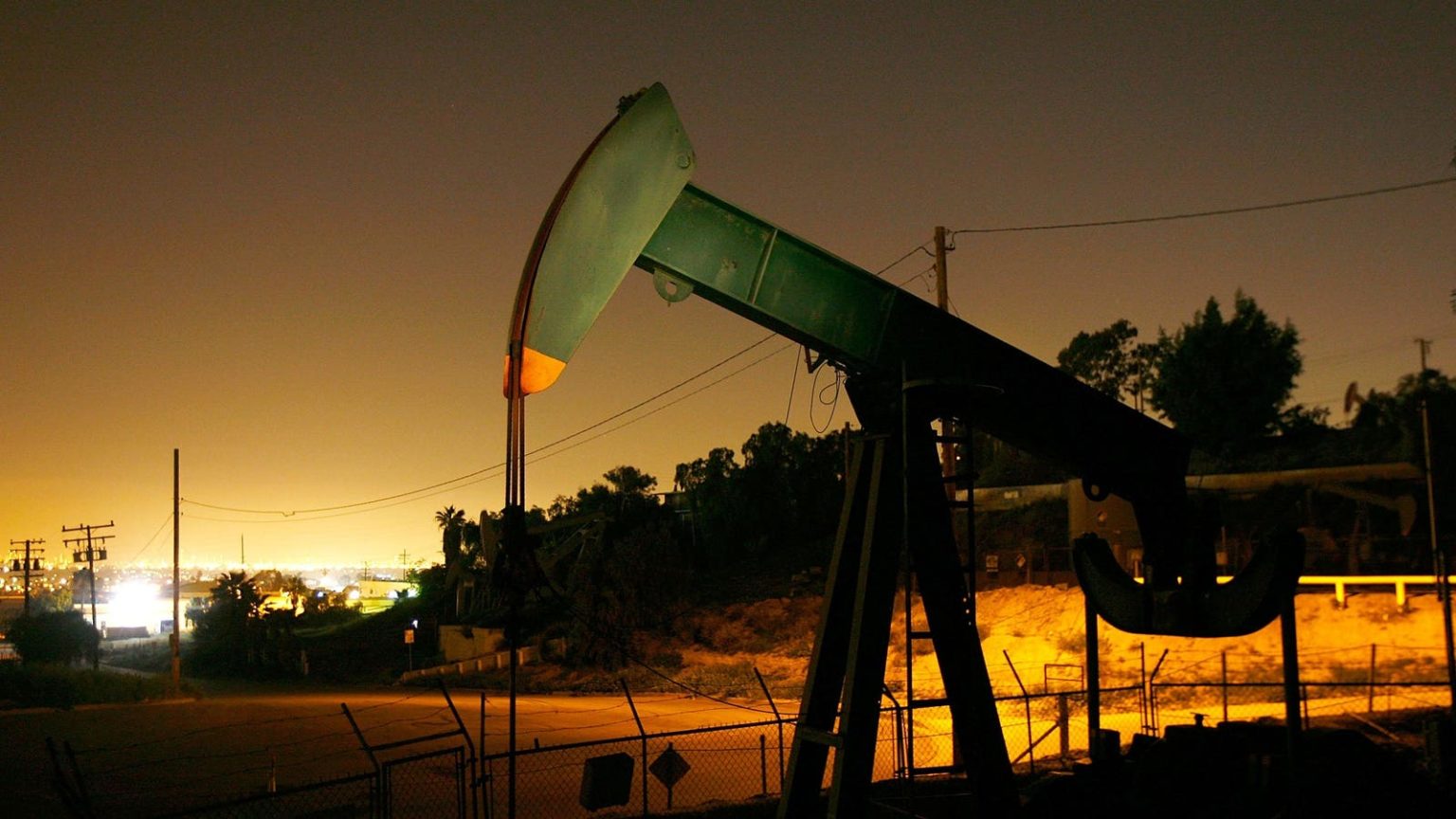Dividend investors long relied on the stability and income growth of traditional sectors like utilities and Real Estate Investment Trusts (REITs). However, energy stocks are starting to screen as top dividend picks while utilities and REITs have cut dividends. Not only have energy companies already raised dividends, but their recent debt reduction programs have freed up more cash flow for future dividend growth.
When screening for dividend stocks, investors typically seek companies that exhibit earnings growth, low debt-to-equity ratios, a consistent track record of dividend increases, and reasonable payouts. With a steady climb in dividends post-COVID, and improving payouts through better pricing, declining debt levels, and even buybacks, energy names check all these boxes. This is taking place at a time when REITs and utilities have cut dividends, and some have payouts that suggest dividends can’t be raised again for years. This eliminates those historical stocks as options under many dividend strategies.
Utilities and power companies are not equipped for rates at these levels. In the past, the industry could navigate lengthy permitting processes because the cost of capital was low. However, rising interest rates have made steadily increasing permitting periods costlier, forcing companies to reconsider the viability of their projects. Recent decisions by companies like Vattenfall AB to shelve a wind farm and EDF Renewables’ cancellation of a solar venture highlight the impact of these challenges. Long-life renewables projects are impacted by high rates more than short-cycle oil and gas plays. This seems unfair as long asset life should be an advantage, providing stability, but that’s the nature of discount rates. The high leverage of utilities also means that fewer dollars are available to re-invest in projects that could bring dividend growth.
REITs have similarly struggled in this environment despite performing well in these types of cycles historically. Traditionally, REITs thrived on the ability to raise rents to match inflation. However, political constraints have limited their ability to exercise this pricing power in many jurisdictions. That’s a great thing for renters, less so for investors. At the same time, REITs significantly increased their commercial real estate holdings since the last inflation cycle. Commercial real estate remains under significant pressure post-COVID and this has impaired payouts and future growth.
The diverging trends in dividend growth between energy stocks and other sectors can also be attributed to historical investment cycles. While utilities and REITs benefited from investment cycles, the energy industry faced the opposite dynamic, often experiencing strained payouts following investment due to overproduction and price volatility. The current economic landscape, characterized by rising interest rates and inflation, has created higher barriers to investment. This is difficult for investors in a utility where they wonder how new investments will be achieved to grow the dividend. Interestingly, these barriers are favorable for energy incumbents as they result in a reduction of new supply. This is even more true for long-life assets, primarily oil sands, that require most investment upfront.
Energy stocks continue to screen as the preferred choice for those seeking income, even though it remains to be seen how reliable. The current landscape is constraining other former dividend picks, as high rates cut into growth. Meanwhile energy names continue to pay down debt, and return capital, as a result of investor pressure. The energy space finding religion around not growing at all costs has finally resulted in steadily growing dividends. For the past two decades though, anyone who pointed out the dividend growth potential in energy stocks looked like a fool a year later and I’m excited to see if I get added to the list.
Read the full article here





